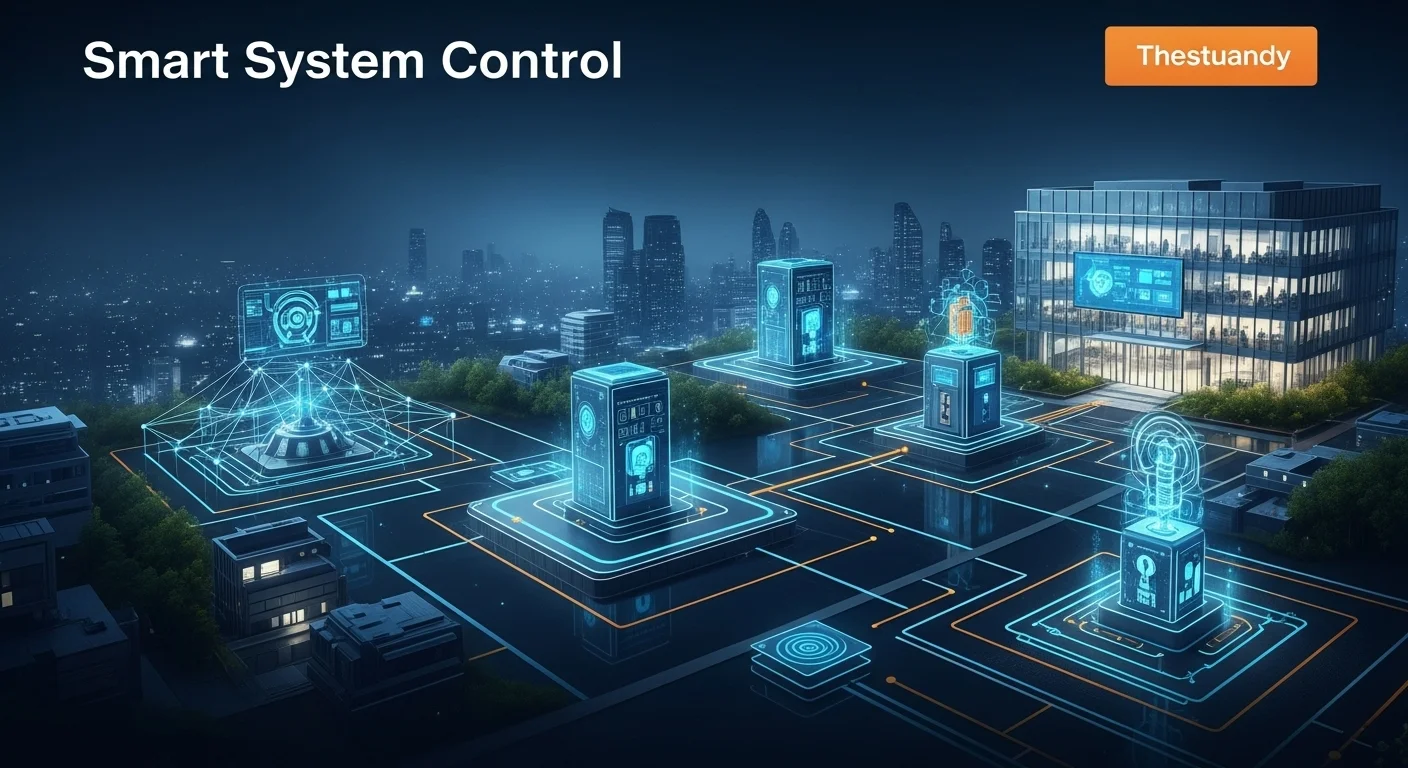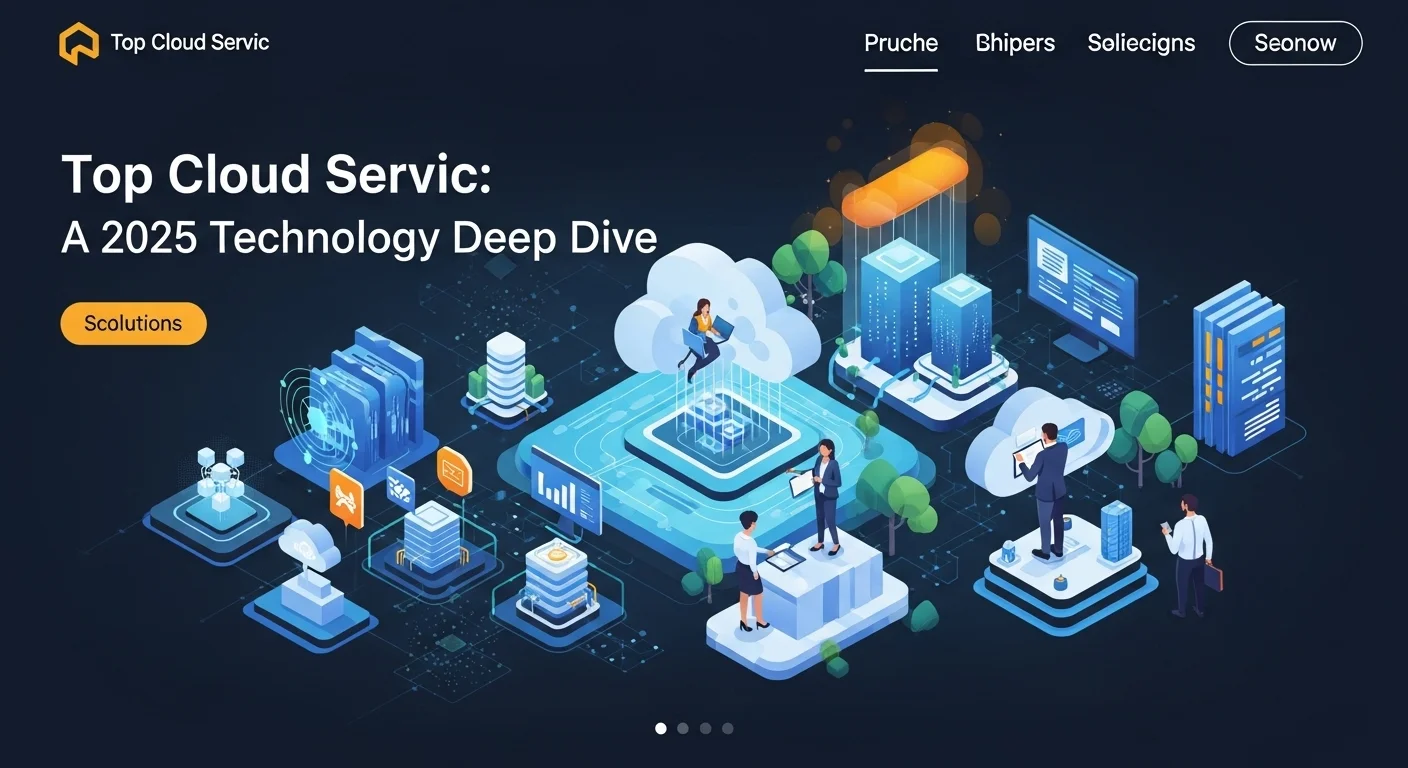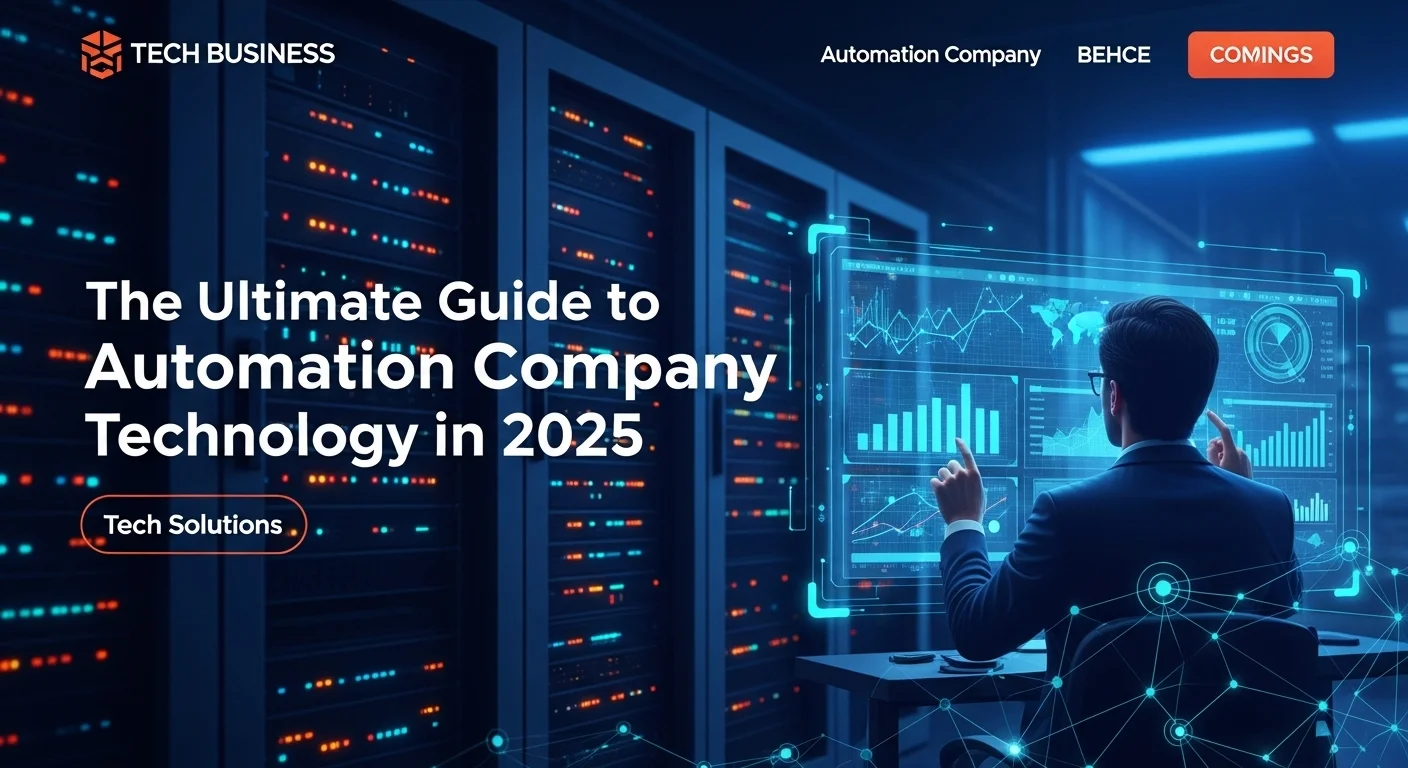What Are Cloud Applications? A Plain-English Guide for Your Business
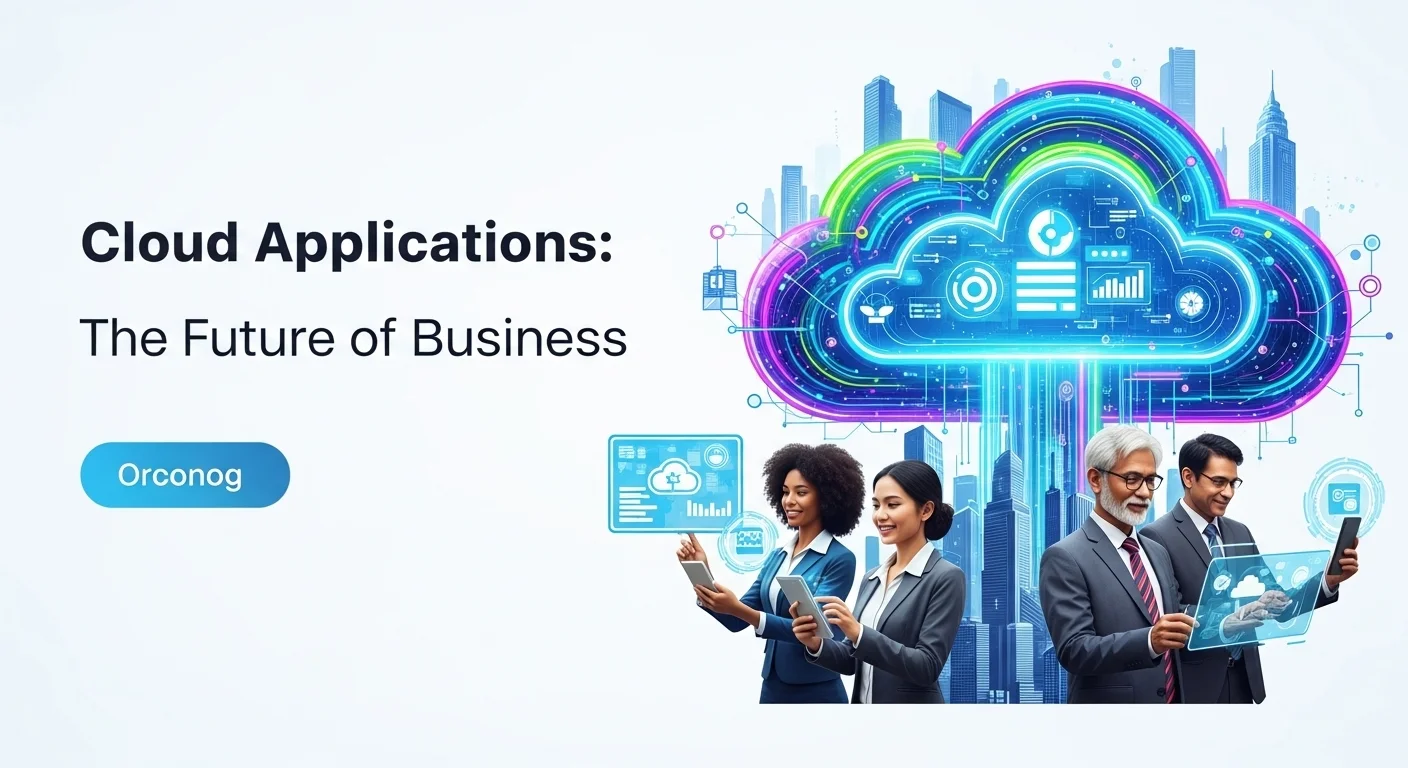
Executive Summary
Remember the days of buying software in a box and installing it with a CD-ROM? It feels like a lifetime ago. Today, we live in a world of cloud applications—powerful tools we access instantly through the internet. From managing your business finances to collaborating on projects from opposite sides of the globe, these online apps are the engine of modern work. But 'the cloud' can sound vague and technical. In this guide, I'll break it down for you. We'll explore what cloud applications really are, the different types like Software-as-a-Service (SaaS), and the environments they live in, like public or private clouds. My goal is to give you the clear, practical knowledge you need to see how this technology can transform your business, cut costs, and give you a serious competitive edge. This isn't just for tech giants; it's a game-changer for everyone.
Table of Contents
What are Cloud Applications and Why Do They Matter?
I often get asked, 'What exactly *is* a cloud application?' The simplest way I explain it is this: think of a traditional app like old-school Microsoft Word. You installed it on your computer, and everything—the program, your documents—lived right there. A cloud app, like Google Docs, is different. A small piece runs in your browser, but the real brainpower and all your data are stored on powerful, remote servers owned by companies like Google. This simple change is what has completely reshaped the tech world.
The importance of this shift is huge. For businesses, it's the key to digital transformation. The biggest wins I see with my clients are flexibility, efficiency, and the ability to think bigger. You can scale your operations up or down instantly, only paying for what you use. Gone are the days of spending a fortune on physical servers that sit idle half the time. This 'pay-as-you-go' approach gives small businesses access to the same powerful tools that were once reserved for huge corporations. Even better, it allows teams to work together seamlessly from anywhere with an internet connection, which has become essential in our remote-first world.
The Core Concepts: How Cloud Technology Works
To really get why cloud apps are so powerful, it helps to understand a few key ideas that make it all possible:
- Virtualization: This is the magic ingredient. In my early days in IT, one server ran one job. It was incredibly inefficient. Virtualization lets us take one giant, powerful physical server and use special software to slice it into several smaller, independent 'virtual' servers. Each one acts like its own machine, allowing cloud providers to maximize their hardware and pass the savings on to you.
- Resource Pooling and Multi-tenancy: Cloud providers build massive data centers full of resources—computing power, storage, you name it. They then serve many customers (or 'tenants') from this shared pool. In a public cloud, you're sharing the infrastructure, but your data is kept completely separate and secure, much like having your own locked apartment in a large building.
- Automation and Orchestration: The ability to launch a new server in minutes isn't magic; it's smart automation. Cloud platforms use sophisticated tools to handle all the setup, configuration, and management of resources automatically. This reduces manual work, which means fewer mistakes and faster results.
Key Service Models: IaaS, PaaS, and SaaS
Cloud services generally come in three flavors. I like to use a building analogy to explain them:
Infrastructure as a Service (IaaS)
IaaS is like renting a plot of land. You get the fundamental ground, power, and water connections, but you have to design and build your own house from scratch. It gives you total control and flexibility. This is where application cloud hosting comes in; you're building your custom application on this rented infrastructure. It's perfect for companies that want complete control without owning the physical hardware.
Platform as a Service (PaaS)
PaaS is like renting a fully equipped workshop. The building, workbenches, and power tools are all provided. You just bring your project and start building. It’s a dream for developers because they can focus on writing code and creating great applications without ever worrying about the underlying servers or operating systems.
Software as a Service (SaaS)
This is the model most people are familiar with. SaaS is like renting a fully furnished, serviced apartment. You just show up with your suitcase and start living. Everything—from the furniture to maintenance—is handled for you. Think of Salesforce, Microsoft 365, or Slack. These are ready-to-go SaaS cloud applications that solve specific business needs right out of the box.
Deployment Models: Public, Private, and Hybrid Clouds
Beyond the service model, you need to choose where your cloud will live. This decision comes down to your needs for security, control, and budget.
Public Cloud
This is like living in that large, modern apartment complex. You share resources like the gym and security, making it very cost-effective and easy to scale. Your apartment (your data) is secure, but you're in a shared building. Major providers like Amazon Web Services (AWS), Microsoft Azure, and Google Cloud run the world's largest public clouds.
Private Cloud
In contrast, a private cloud is like owning your own house. You have complete control, privacy, and security. It's the go-to choice for organizations with strict data regulations, like banks or hospitals. The private cloud applications they run here are under their complete authority. While it offers maximum security, it also comes with the higher cost and responsibility of maintaining everything yourself.
Hybrid Cloud
This model offers the best of both worlds. You own your secure house (private cloud) for your most sensitive data and applications, but you also rent a flexible space in the apartment complex (public cloud) for less critical tasks, development, or to handle busy periods. This flexibility is why so many modern enterprise cloud applications are built on a hybrid strategy.
The Broad Spectrum of Cloud Computing Applications
It’s truly amazing to see the different applications of cloud computing in action. It's not just for tech companies anymore. I’ve consulted with healthcare clients using the cloud to share patient records securely, financial firms using it to detect fraud in real-time, and retailers using it to analyze shopping patterns. From education to manufacturing, the cloud is the invisible backbone supporting innovation in almost every industry today.

A Complete Guide to Cloud Applications in Technology and Business
Understanding the basics is one thing, but truly leveraging cloud applications for your business requires a deeper look at the 'how'. It's about making smart choices in how you build, migrate, and manage your applications. This guide is my playbook for architecting a cloud strategy that’s not just technically sound, but a perfect fit for your business goals.
Building for the Cloud: The Modern Playbook
You get the most out of the cloud when you build applications specifically for it—what we call 'cloud-native.' This isn't about just moving old software online; it's a whole new way of thinking.
- Microservices Architecture: I explain this to my clients using a Lego analogy. Instead of building a single, giant, unbreakable model (a monolithic application), you build with individual, specialized Lego bricks (microservices). If one brick is flawed, you just swap it out without wrecking the whole creation. This makes your application more resilient and much easier to update.
- Containerization (Docker and Kubernetes): Containers are like standardized shipping containers for your code. A container packages an application and all its dependencies into one neat box, ensuring it runs the same way everywhere, from a developer's laptop to the production cloud. Tools like Kubernetes then act as the shipping yard, managing and organizing all these containers automatically. This is the engine behind modern application cloud hosting.
- Serverless Computing: This is the next level of abstraction. With serverless, you don't even think about servers anymore. You just write your code as small functions, and the cloud provider runs them for you, automatically handling all the resources. The best part? You only pay for the split seconds your code is actually running. It's incredibly efficient.
Moving In: How to Get Your Old Apps to the Cloud
For most businesses, the journey to the cloud involves migrating existing applications. It's not a one-size-fits-all process. We often use a framework known as the '6 R's' to decide the best path for each application:
- Rehost (Lift and Shift): Move the application to the cloud with almost no changes. It's the quickest way, but you won't get all the cloud benefits.
- Replatform (Lift and Reshape): Move the app and make a few small optimizations, like switching to a managed cloud database. This gives you a quick win.
- Repurchase: Ditch your old software and move to a new product, typically a SaaS cloud application. Think of replacing an old, clunky on-premise CRM with a modern one like Salesforce.
- Refactor/Rearchitect: This is the big one. You completely rethink and rebuild the application to be cloud-native. It's the most effort, but it delivers the biggest rewards in performance and scalability.
- Retire: Simply turn off applications you don't need anymore. You'd be surprised how many companies are paying to maintain software no one uses!
- Retain: Keep some applications where they are, usually for compliance or cost reasons. This is the foundation of a hybrid cloud strategy.
Choosing the Right Cloud Environment: A Deep Dive
The choice between public, private, and hybrid cloud is a major strategic decision. Let's revisit our housing analogy with some more practical considerations.
The Case for Private Cloud Applications
A private cloud, your own dedicated 'house,' offers maximum control and security. This is non-negotiable for businesses in finance or healthcare with strict data laws. With private cloud applications, you control everything. The downside? You're also the landlord, responsible for all the expensive setup and ongoing maintenance.
The Power of Public Cloud and Application Cloud Hosting
The public cloud 'apartment building' is the default for a reason. It's incredibly cost-effective, you can get more space (scale) instantly, and the landlord (provider) has locations all over the world, so your services are fast for everyone. Application cloud hosting here is the backbone of the modern internet. The key is understanding the shared responsibility model: the provider secures the building, but you're still responsible for locking your apartment door.
Don't Reinvent the Wheel: The Power of SaaS
For so many business functions, building a custom app is a waste of time and money. Why spend six months creating an HR tool when amazing SaaS cloud applications already exist for a small monthly fee? Adopting SaaS solutions lets you deploy powerful tools instantly and frees up your team to focus on what makes your business unique—not on reinventing the wheel.
The Big Leagues: Cloud for the Enterprise
Large companies have a different set of challenges. Their enterprise cloud applications are the digital heart of their operations, needing to connect to dozens of other systems, both old and new. For them, the cloud strategy is all about seamless integration, ironclad security, and bulletproof disaster recovery plans. Often, a hybrid approach is the only way to balance the need for innovation with the reality of their complex IT landscape.
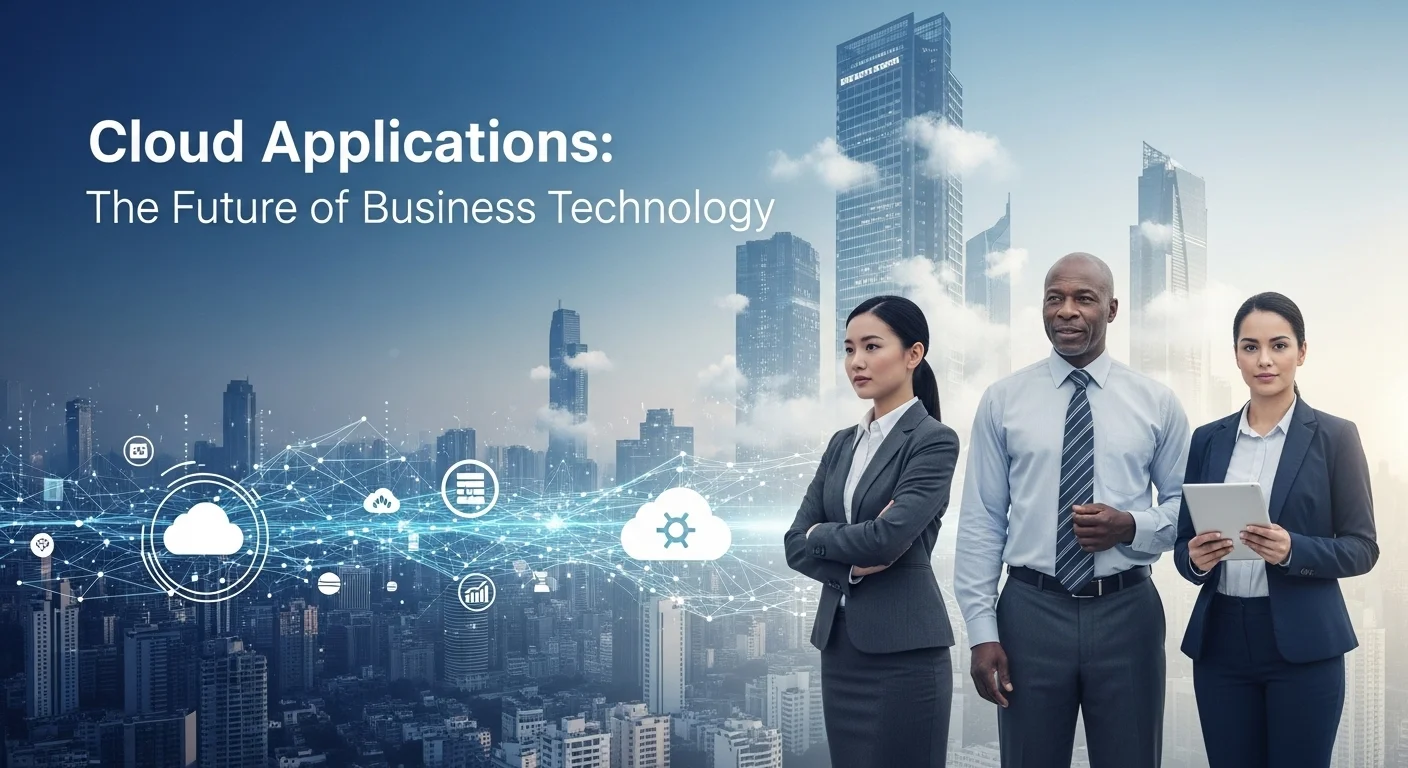
Pro Tips: Getting the Most Out of Your Cloud Investment
Getting on the cloud is just the beginning. To really make it work for you, you need to manage it strategically. Over the years, I've developed a checklist of best practices that I share with all my clients to ensure their cloud environment is secure, affordable, and ready for the future.
Best Practices for Cloud Security and Compliance
Let me be clear: the cloud isn't magically secure. You have to be smart about it. Think of it as a partnership. The cloud provider secures the infrastructure (the building), but you are responsible for securing your data and applications inside it (locking your door).
- Lock Down Your Identities: Start with a strong Identity and Access Management (IAM) policy. Grant users and services only the permissions they absolutely need (the 'principle of least privilege') and enforce Multi-Factor Authentication (MFA) for everyone. It's the single best thing you can do to prevent unauthorized access.
- Encrypt Everything: Your data should be encrypted when it's stored (at rest) and when it's moving across the network (in transit). This is standard practice and easy to set up with any major cloud provider.
- Keep an Eye on Things: You can't protect what you can't see. Use monitoring tools to log activity across your cloud environment. These tools can alert you to suspicious behavior in real-time, helping you stop threats before they cause damage.
- Run Fire Drills: Proactively look for weaknesses. Conduct regular security audits and hire ethical hackers to perform penetration testing on your applications. It’s better to find a vulnerability yourself than to have a cybercriminal find it for you.
Cost Management and Optimization (FinOps)
The pay-as-you-go model is great, but it can lead to nasty surprises if you're not careful. I'll never forget a client whose cloud bill was three times what they expected. We dug in and found they were leaving massive development servers—the equivalent of entire office floors—running with the lights on all weekend. A simple automation script to 'turn off the lights' saved them thousands. This is FinOps in action: treating cloud spend like any other business expense.
- Tag Everything: To know where your money is going, you have to label every resource with tags that identify the project, owner, or department. This brings clarity to your bill.
- Right-Size Your Resources: It's common to overestimate your needs. Continuously monitor how much capacity you're actually using and downsize overprovisioned resources. Auto-scaling features in your application cloud hosting can automate this.
- Commit and Save: If you know you'll be using a certain amount of computing power for the next year or three, you can commit to it upfront for huge discounts.
Performance Optimization and Reliability
A fast, reliable application keeps users happy. The cloud gives you powerful tools to ensure a great experience.
- Use a Content Delivery Network (CDN): A CDN is like having mini-warehouses of your website's content (like images) all over the world. When a user visits your site, they get the content from the closest warehouse, which makes it load much faster.
- Cache Your Data: For data that's accessed frequently, use a caching service. It's like keeping the most popular items right by the cash register instead of running to the back stockroom every time. This takes the load off your database and speeds up your app.
- Design for Failure: In the cloud, you have to assume things will occasionally fail. The trick is to build your application so that it doesn't matter. By deploying your enterprise cloud applications across multiple data centers (Availability Zones), you ensure that if one goes down, your app stays up.
Staying Ahead: Future Trends in Cloud Computing
What's next is where it gets really exciting for me. The cloud is evolving at a dizzying pace. Here’s what I’m keeping my eye on:
- AI as a Co-pilot: Artificial Intelligence is being woven into the fabric of the cloud. We're seeing AI-driven tools that can automatically fix issues, detect security threats, and optimize costs.
- Edge and Serverless Computing: The trend is to process data closer to where it's created (the 'edge'), which is crucial for real-time applications like self-driving cars. This, combined with the efficiency of serverless, is changing how we design systems.
- Quantum Computing Access: This still feels like science fiction to many, but cloud providers are starting to offer access to quantum computers. This will eventually allow us to solve problems that are impossible for today's computers.
- Green Computing: The environmental impact of data centers is a real concern. Major cloud providers are leading the charge by investing heavily in renewable energy, making a move to the cloud a surprisingly sustainable choice for many companies.
By adopting these strategies, you can turn the cloud from a simple IT utility into a true strategic advantage for your business, no matter if you're managing complex enterprise cloud applications or secure private cloud applications.
Expert Reviews & Testimonials
Sarah Johnson, Business Owner ⭐⭐⭐⭐
As a small business owner, this article was a lifesaver. It finally explained terms like 'SaaS' and 'private cloud' in a way that made sense. I feel much more confident exploring cloud options for my company now. A case study would be a great addition, but it's an excellent starting point!
Mike Chen, IT Consultant ⭐⭐⭐⭐
A very solid and well-written piece. As an IT consultant, I'm always looking for resources to share with clients, and this one is perfect. It covers all the essential concepts clearly and accurately without getting bogged down in technical weeds. The section on migration strategies is especially useful.
Emma Davis, Tech Student ⭐⭐⭐⭐⭐
Fantastic article! I'm a tech student, and this explained the 'why' behind cloud computing better than any textbook. The analogies (like the house vs. apartment) really made things click. It's engaging, easy to read, and I've already bookmarked it. Definitely a five-star guide!

